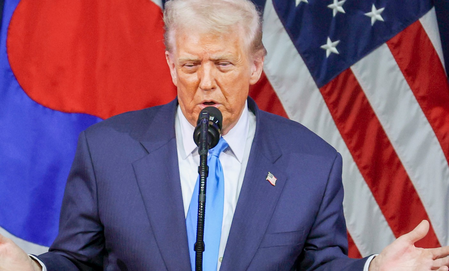

Washington, Oct 30 (IANS) The US Federal Reserve on Wednesday lowered its benchmark lending rate by a quarter percentage point, bringing the target range to 3.75 per cent to 4 per cent, as policymakers grapple with limited economic data due to a federal government shutdown.
The rate cut marks the second reduction in borrowing costs this year.
The decision, approved by a 10-2 vote, comes as the US government’s funding lapse stretches into its fifth week.
The shutdown has forced agencies, including the Bureau of Labour Statistics, to suspend the collection and publication of key economic indicators, leaving the central bank with a partial view of the economy’s performance.
Wednesday’s rate cut brought borrowing costs below 4 per cent for the first time since late 2022. Policymakers cited uncertainty in the outlook, compounded by the lack of data on employment, inflation, consumer spending and other economic measures, as a factor in the decision to reduce rates.
The Fed’s move comes amid mixed signals from the broader economy, including steady job growth reported before the shutdown and inflation readings that have moderated from last year’s peaks.
Economists note that with government data delayed, the central bank is relying on alternative sources, including private sector surveys and financial market indicators, to gauge the economy’s strength.
Investors have closely watched the Fed’s policy stance for signs of its approach to balancing economic growth and inflation pressures.
The decision follows a quarter-point rate reduction in July, as the Fed sought to provide support to the economy in the face of slowing growth and financial market volatility.
The central bank has raised its benchmark rate several times since 2022 to combat inflation.
Wednesday’s actions underscore the Fed’s continuing effort to calibrate monetary policy amid uncertainty, while signalling a willingness to adjust rates as conditions evolve, even in the absence of complete economic data.
–IANS
scor/dan
